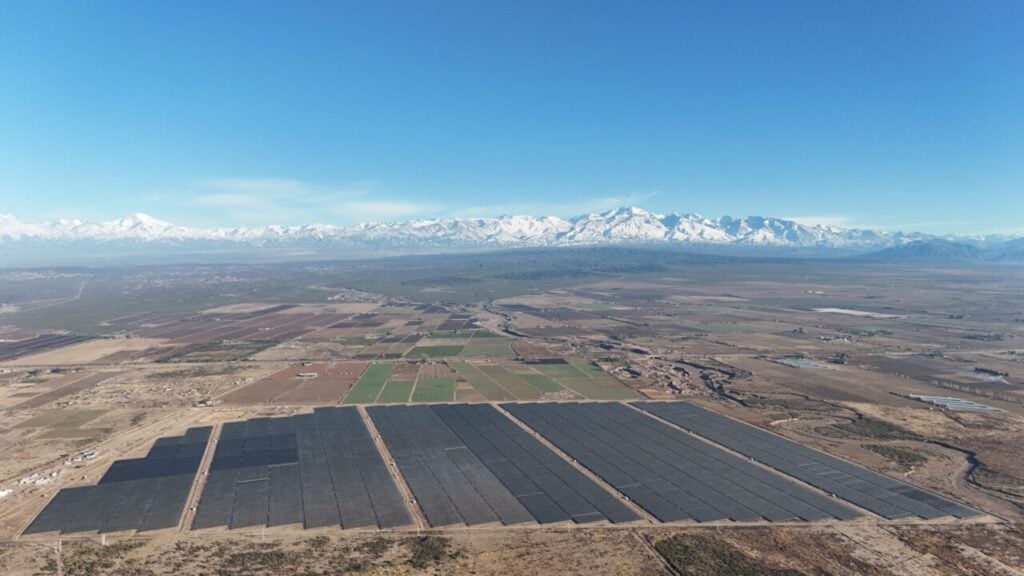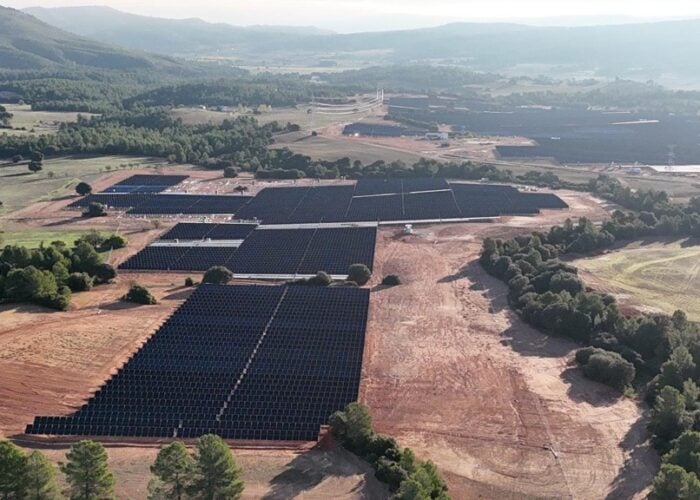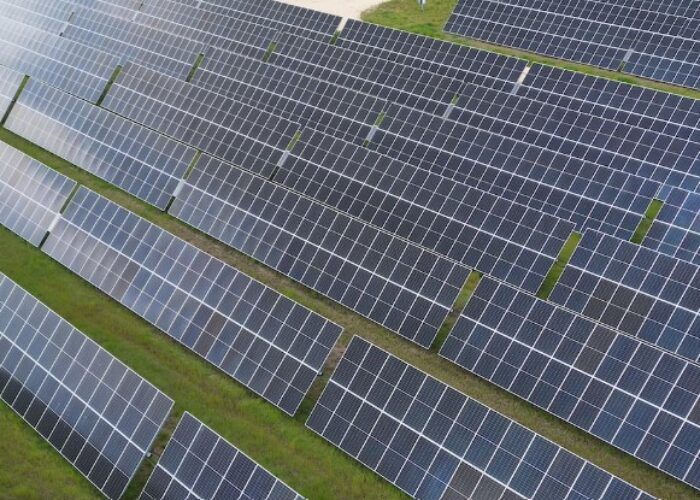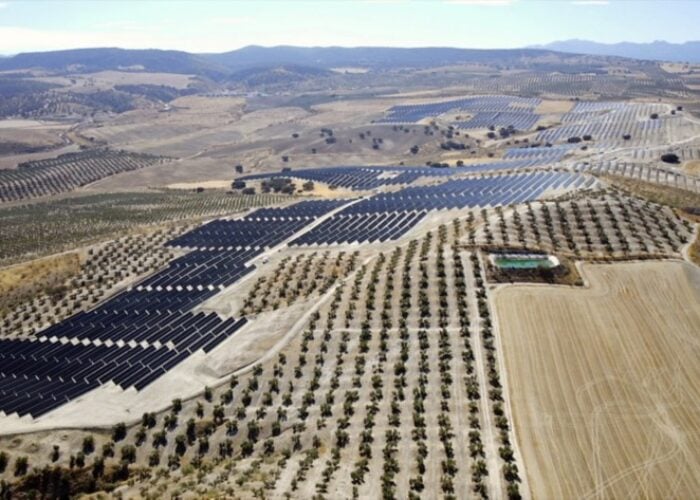
Argentinian renewables developer Genneia has reached commercial operations at its 180MW Parque Solar Anchoris in Argentina.
Located in the western province of Mendoza, it is the second solar PV plant operational in the region after the company commissioned the 90MW Parque Solar Malargüe I earlier this year.
Try Premium for just $1
- Full premium access for the first month at only $1
- Converts to an annual rate after 30 days unless cancelled
- Cancel anytime during the trial period
Premium Benefits
- Expert industry analysis and interviews
- Digital access to PV Tech Power journal
- Exclusive event discounts
Or get the full Premium subscription right away
Or continue reading this article for free
The 180MW site will power the demand of large industrial users within the framework of the Renewable Energy Term Market (MATER), a private market in Argentina with specific regulations, in which renewable energy purchase and sale transactions between private parties take place.
“This park will be designed to supply efficient and competitive energy to corporate clients across all sectors of the economy,” said Bernardo Andrews, CEO of Genneia.
The project required a US$160 million investment and has 360,000 bifacial solar panels installed. With the commercial operations of Parque Solar Anchoris, the Argentinian developer now has 490MW of solar PV operational in the Cuyo region – which comprises the provinces of Mendoza, San Luis and San Juan – across five solar PV plants.
The company’s operational capacity is set to reach nearly 800MW in 2026 when two more projects under construction begin commercial operations: the San Rafael plant in the Mendoza province with 180MW of solar PV and the San Juan Sur in the San Juan province with 130MW of solar PV.
Increased interest in renewables in Argentina is not limited to solar PV, with the government launching its first battery energy storage system (BESS) tender seeking capacity in the capital, Buenos Aires. The AlmaGB scheme recently received bids with a total of 1.3GW volume submitted, twice the available capacity for the tender, as covered by our sister site Energy-storage.news.






